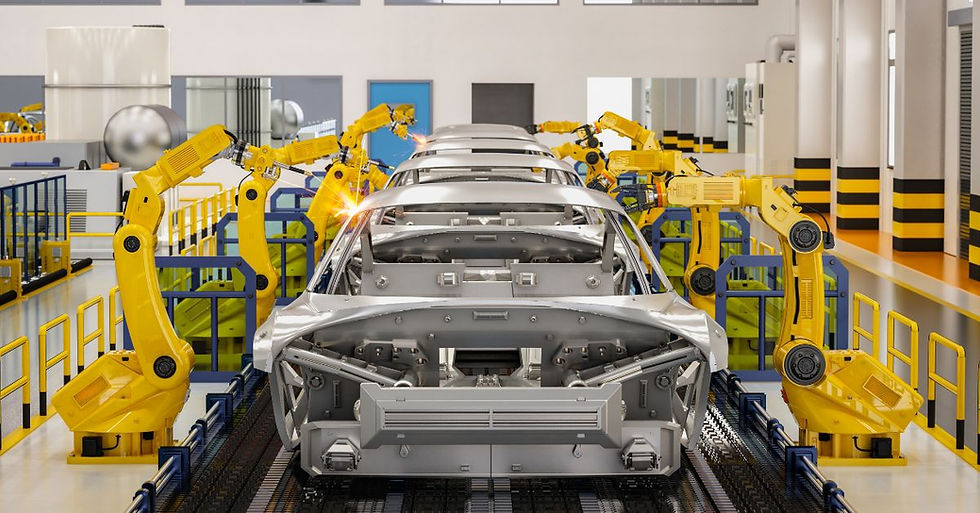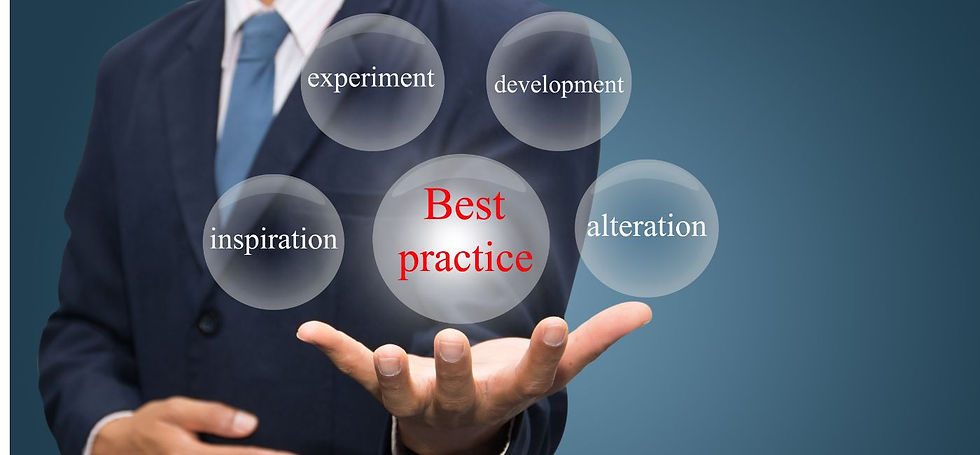
The automotive industry is undergoing a remarkable transformation, driven by advancements in connectivity, electrification, and autonomous driving technologies. As vehicles become smarter and more integrated with digital systems, the importance of standard-essential patents (SEPs) has surged.
These patents, which protect technologies necessary for implementing standardized features, play a pivotal role in ensuring interoperability and innovation in the automotive ecosystem. For innovators in this space, understanding and navigating SEPs is essential to fostering growth while avoiding legal and financial pitfalls.
What Are Standard-Essential Patents (SEPs)?

SEPs are patents that cover technologies essential to industry standards. For example, a communication protocol like 5G or Bluetooth cannot function without using certain patented technologies.
Industry standards are established by organizations like the 3rd Generation Partnership Project (3GPP) or the Institute of Electrical and Electronics Engineers (IEEE) to ensure uniformity and compatibility across devices and systems.
When a patent is declared essential to a standard, the patent holder must license it on Fair, Reasonable, and Non-Discriminatory (FRAND) terms. However, the intersection of SEPs and FRAND licensing often leads to complex negotiations and disputes, particularly in industries like automotive, where standards and technologies are rapidly evolving.
The Rise of SEPs in the Automotive Industry

Traditionally, SEPs were predominantly associated with the telecommunications sector. However, as vehicles incorporate advanced connectivity features—from in-car Wi-Fi to autonomous driving systems—the automotive industry has become a major stakeholder in SEP-related discussions. Key drivers of this trend include:
Connected Cars: Modern vehicles rely heavily on wireless communication standards like 4G, 5G, and V2X (Vehicle-to-Everything) to enable features such as real-time navigation, over-the-air updates, and infotainment.
Autonomous Driving: Technologies such as LiDAR, radar, and AI-based systems often implement standardized protocols, increasing the reliance on SEPs.
Electrification: Electric vehicles (EVs) integrate standards for battery management, charging infrastructure, and energy communication, many of which are tied to SEPs.
Challenges Faced by Innovators in Navigating SEPs

1. Complex Licensing Environment
Licensing SEPs involves navigating agreements with multiple patent holders across jurisdictions. Determining FRAND terms can be contentious, with disagreements often resulting in litigation.
2. High Licensing Costs
The cumulative royalty burden for implementing multiple standards can be significant, particularly for small and medium-sized enterprises (SMEs) entering the automotive market.
3. Patent Ambiguity
Determining whether a patent is truly essential to a standard can be complex. Disputes over patent validity and essentiality can delay product launches.
4. Litigation Risks
SEP disputes frequently lead to legal battles over royalty rates, patent infringement, and FRAND compliance. High-profile cases have underscored the financial and reputational risks for automotive companies.
Solutions for Navigating SEPs in the Automotive Sector

1. Proactive SEP Licensing
Innovators should engage in proactive licensing negotiations with SEP holders. Building relationships with patent pools, such as Avanci, can simplify the process by offering bundled licenses for multiple SEPs.
2. Conduct Patent Landscape Analyses
A thorough patent landscape analysis helps identify relevant SEPs, assess potential risks, and strategize licensing agreements. Collaborating with IP professionals ensures a comprehensive understanding of the patent ecosystem.
3. Leverage FRAND Obligations
SEP holders are required to license their patents on FRAND terms. Automotive innovators should leverage this obligation during negotiations to ensure fair and transparent agreements.
4. Adopt Defensive Patent Strategies
Building a strong patent portfolio can provide leverage in licensing negotiations and act as a deterrent against potential litigation. Defensive patent strategies, such as cross-licensing, are particularly valuable.
5. Participate in Standard-Setting Organizations (SSOs)
Active participation in SSOs allows innovators to influence standard development and gain early insights into emerging SEP requirements. This involvement can also foster collaboration with key stakeholders.
6. Utilize Mediation and Arbitration
Alternative dispute resolution mechanisms, such as mediation or arbitration, can help resolve SEP disputes more efficiently than traditional litigation, saving time and resources.
Best Practices for Innovators

Stay Informed: Regularly monitor developments in SEPs and standards relevant to the automotive industry.
Collaborate with Experts: Engage IP attorneys, patent analysts, and licensing consultants to navigate the SEP landscape effectively.
Negotiate Smartly: Approach licensing discussions with a clear understanding of FRAND principles and market benchmarks.
Invest in Compliance: Ensure products comply with relevant standards to avoid infringement risks.
Conclusion
SEPs are an integral part of the automotive industry’s technological evolution, driving innovation and enabling interoperability. However, navigating the SEP landscape requires careful planning, informed decision-making, and collaboration with industry stakeholders.
By understanding the challenges and leveraging effective solutions, innovators can unlock the full potential of SEPs while minimizing risks. As the automotive industry continues to embrace connectivity and smart technologies, mastering SEP strategies will remain crucial for sustainable growth and competitive advantage.
.png)



Comments